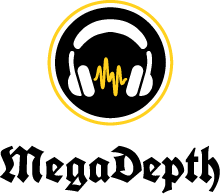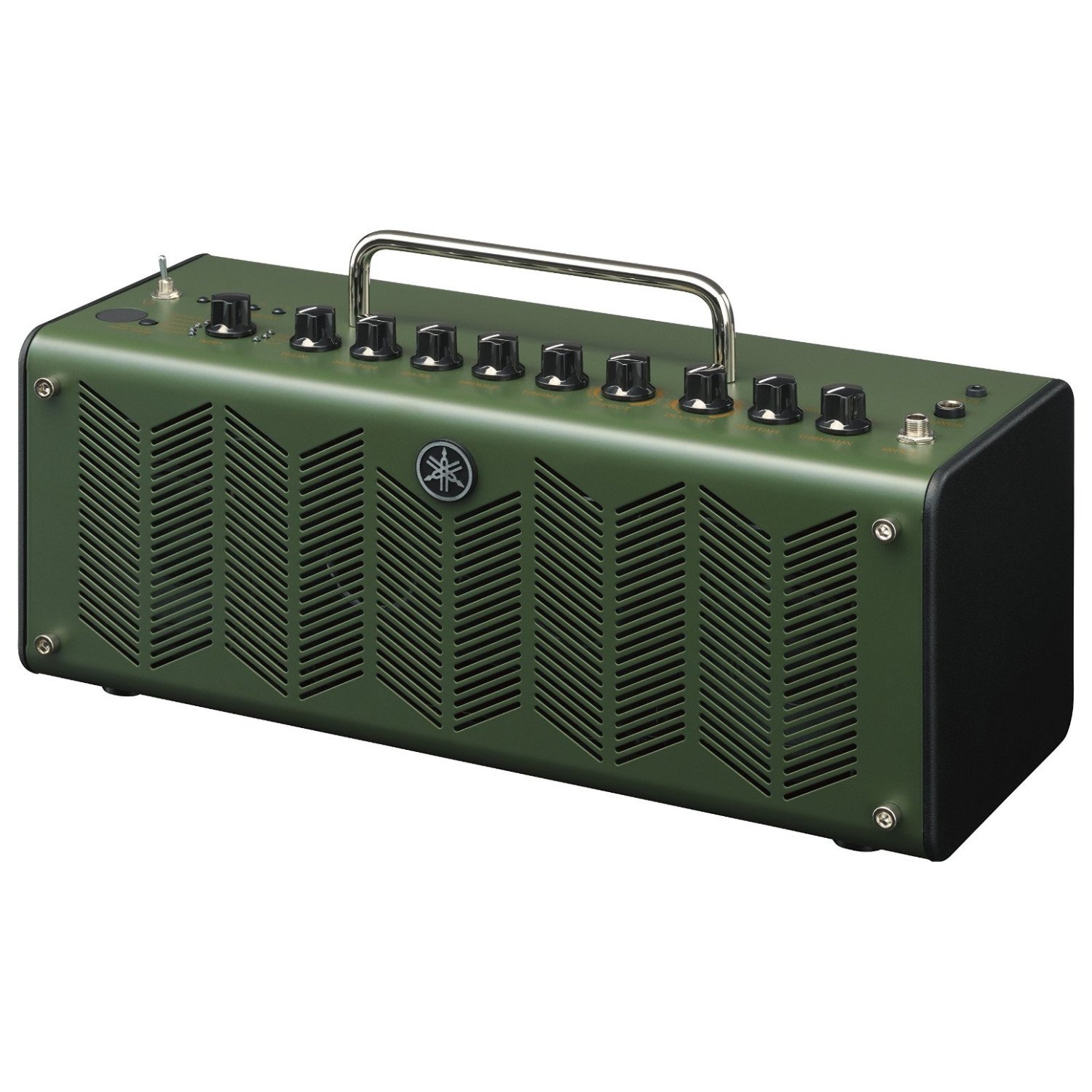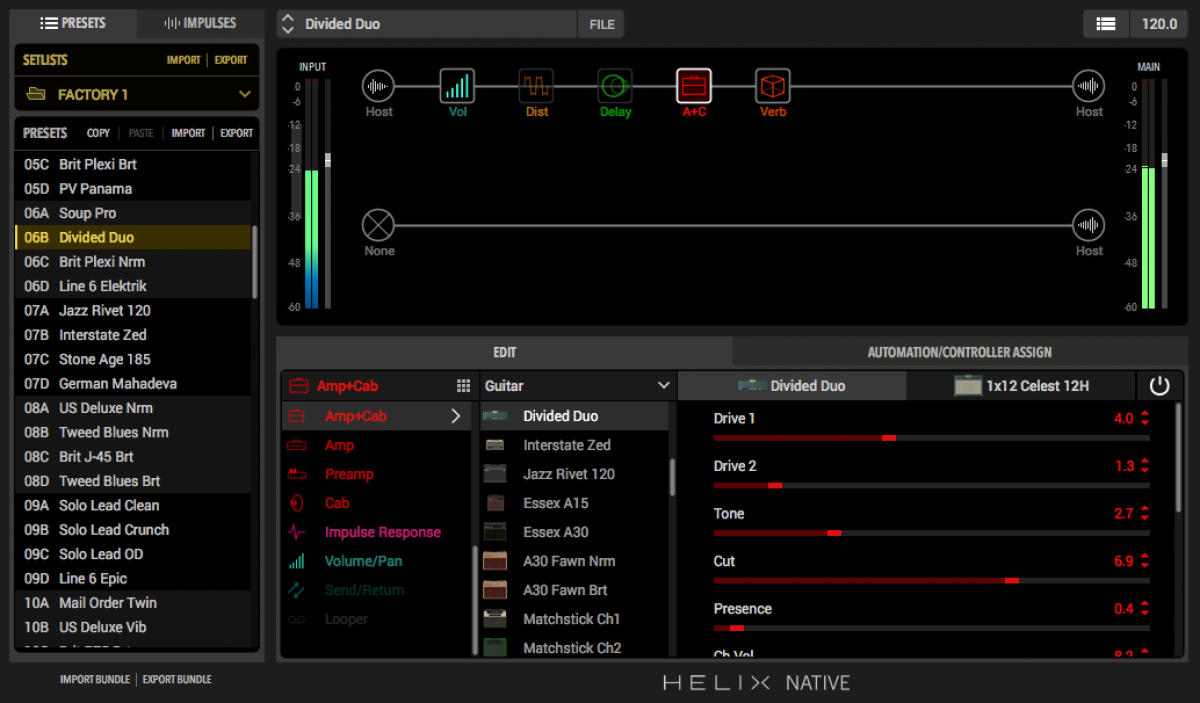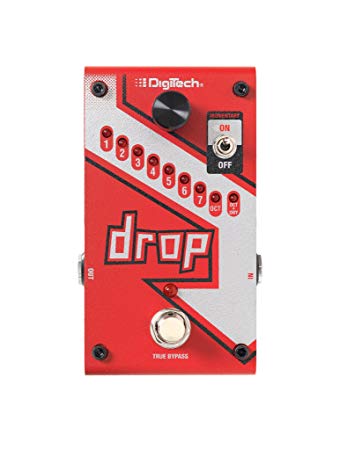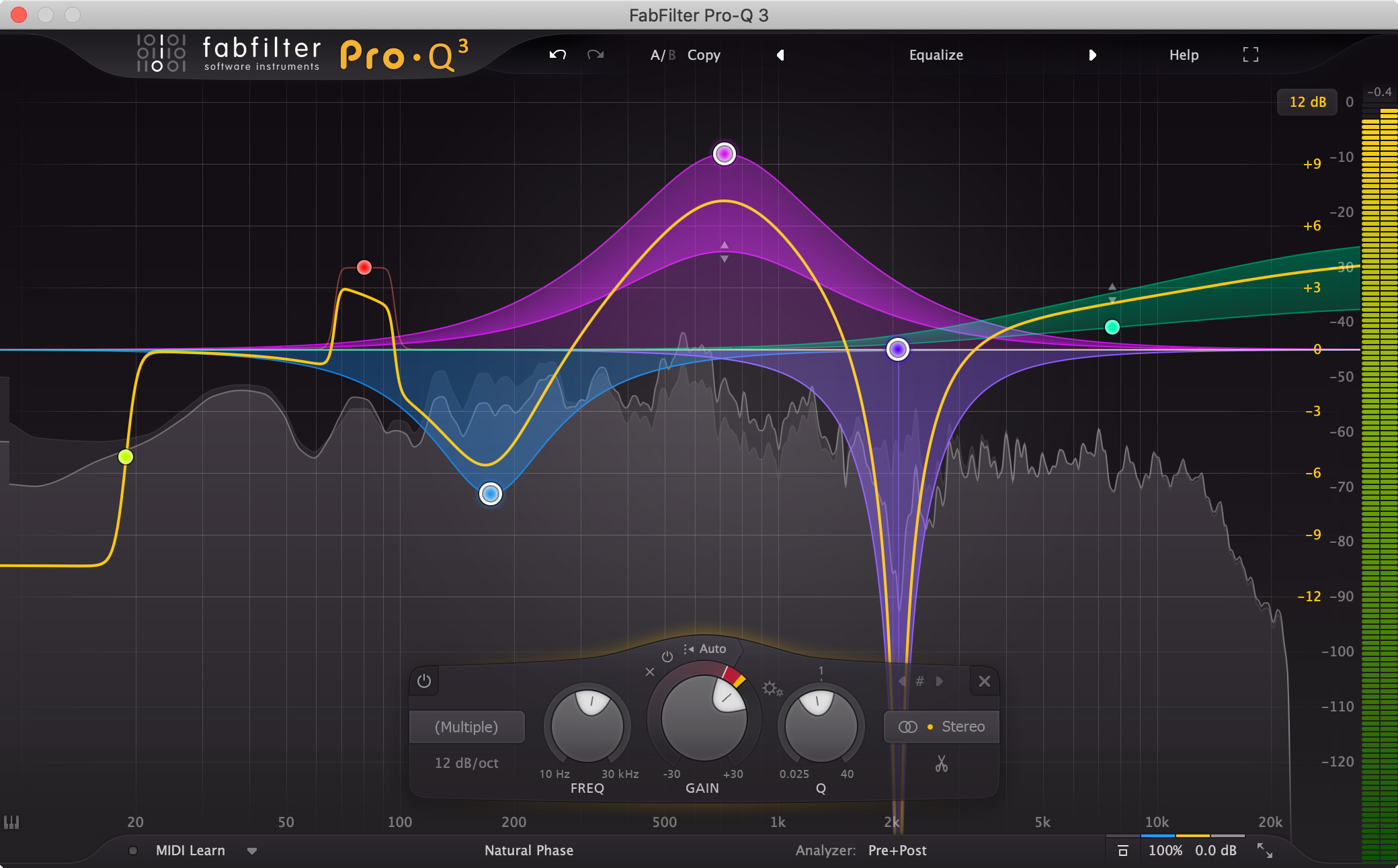
Last year, I wrote about gear I had purchased in 2017. That was an important year for me because I had started guitar lessons again and I was finding my own voice as a musician. Previously, I was buying equipment without giving too much thought to what my own needs were. Obviously, I still evaluated certain criteria before a purchase, but there wasn’t a lot of deliberation on what exactly I wanted to do with these products. It was in 2017 that I sought gear that would complement my own vision. I still looked at other people’s reviews and collected as much feedback on a piece of equipment as I possibly could, but ultimately my decisions were based on what would complement my own music, not on which famous musician’s signature was on the equipment.
In this regard, 2018 was a continuation of 2017. I had the same goal, but now I was getting more comfortable with home recording, as well as writing music. I sold a few items to help fund some of the purchases, but those were things I wasn’t really using all too often. It was an interesting year that got me more involved with DAW plug-ins, swapping pickups, pitch shifting, and more tone chasing.
In this article, I’d like to share with you some of the gear I got in 2018. I’m no expert in any of them, but I did purchase them after a lot of research. If you have any questions about any of these, feel free to drop a comment!
Schecter SLS Elite Black Fade Burst
At the beginning of the year, I wasn’t really in the market for a new guitar but then I realized I needed to make a change. One of my guitars was a Dean Zero Dave Mustaine signature. It is Dean’s interpretation of the Explorer shape, altered to be sharper on the edges based on Mustaine’s specs. This particular model was a part of a custom run Dean did. It was similar to most of his Zeros, except it had a trans amber finish and came with a Floyd Rose bridge. It was a great guitar for the price, but I couldn’t get comfortable with it. The neck profile didn’t work for me and the sharp edges made it uncomfortable playing it sitting down. I had it for almost 5 years, but I came to the conclusion that it was time to let this one go.
I noticed Schecter was releasing one awesome guitar after another. One model, in particular, generated a lot of buzz on guitar forums and Facebook groups. They called it the SLS Elite series and they came with two finishes. (It must have been a successful run as Schecter now offers their E-1 shape as part of the same series) I decided I wanted to give this guitar a try for two reasons. One, the reviews were almost all positive and the specs looked great for the price. And two, I’d never owned a guitar with a
I’ve had this guitar for almost a year now. I can tell you that it’s the most frequently played guitar in my collection at the moment. The neck profile is amazing; it’s neither too thin nor too thick. It’s listed as “ultra-thin C” on their website. I don’t know what “ultra-thin C” means from a technical standpoint, but it doesn’t feel super thin to me – just thin enough. Anything thinner than this would have made me return the guitar. The Fishman Fluence Moderns really make a difference. It’s hard to tell how much pick-ups affect your tone when there are so many variables in your signal chain, but using the same patches on my Helix to try different guitars, I could tell the difference. They’re incredibly versatile. The push-pull switches on the volume and tone knobs give you even more options. Opinions on guitars can change after a while as your preferences change, but I feel like I’ll keep this guitar for a long time. It’s a great guitar for the prices; especially given the specs.
One last note – string change is a breeze on this thing. I’m not gonna lie, I’ve struggled with Floyd Rose in the past. Hipshot is a significantly different experience and makes everything so much easier.
Yamaha THR10 10W Hi Gain Amp
I previously owned a Roland Cube amp for practice. It was called the Cube-40GX. According to their website, they don’t make this particular model anymore. Honestly, there wasn’t anything wrong with it. In fact, it sounded pretty good for a practice amp (I say practice amp because that’s what I used it for, but I know some people perform with it in small venues). I was just looking for something a little different and something that would cater to heavier tones I was more interested in. So, the Cube was another piece of gear I ended up selling in 2018. In its place, I bought the Yamaha THR10W.
The smaller amp space has seen some great products, and increasing competition, over the last 3-4 years. So, I looked at some of the alternatives. But ultimately, the Yamaha THR series had such great reviews, and some YouTube videos sounded so great that I decided this was the one to try. Russ Parrish (aka Satchel) has an awesome demo if you want to check out what the THR10X can do, by the way.
There are a few things that I love about this product. First of all, it sounds great! You have different channels that allow you to explore the “subtly different distortion characteristics”, as Yamaha puts it on their website. You can further customize your tones using their software, but I haven’t felt the need to do that. I use this for practice, so what I get is good enough. I do occasionally use my Helix in front of it, not for the amp models but to use a block of a distortion pedal, to get even beefier tones, but other than that, there’s not much you’ll have to do. Along with the distortion channels, it also has options to get clean tones, as well as a “flat” option, which I sometimes use if I want to use my patches from the Helix. Second, this amp can be powered by 8 AA batteries. So, if you want to get rid of the power cord and just take the amp anywhere you like, you certainly have the option to do so!
Helix Native
I already had the Helix Floor, which I talked about in last year’s gear summary. The Helix is one of my favorite products and one piece of gear that I’m so glad I invested in. I’ve been using it to practice and to record at home and it gets a lot of use. I haven’t gigged with it yet, but I know from people who have that it delivers on live performances as well.
The Native is the plug-in version of the Helix. As far as I know, it works with just about any popular DAW out there. I use it with Logic Pro and it works seamlessly. The reason I got it was to be able to re-amp, as well as add or alter effects after the fact. I mentioned last year that home recording was a relatively new concept for me. I’ve learned a ton but I’m still learning more. One of the things I discovered was recording the direct input. So, if you have a good take but you have doubts about the tone you’ve just used, you can make changes later. I still work on the Helix Floor to get a tone that I’m happy with. But now, I record the direct input on a different signal path, so I get both the tone from the Helix and the DI together. Later, if I want to make changes to the DI recording, the Native plug-in comes into the picture.
If you are interested, Helix Native comes with a discount for those who already have a Helix product. It has all the elements of Helix: amps, cabs, effects, the ability to incorporate IRs, etc. It’s a great addition, especially if you are into home recording.
HeadRush Gigboard
I know I just talked about how much I love the Helix (and I do!) but I was getting really curious about HeadRush. I don’t subscribe to the amp modeler wars. There’s no need for that. Just go with whichever product you think will suit your needs; it’s as simple as that!
I wanted an amp modeler that was smaller than my Helix Floor but that could also deliver the goods in terms of all the modeling that I’ve come to expect. I knew the HX Stomp was an option – but I was more interested in the Gigboard because it was a little bigger than Stomp, while still being considerably smaller than the Helix Floor and the regular HeadRush. Again, I looked for reviews and YouTube videos. Rabea Massaad had a particularly good one. Even though it wasn’t about the Gigboard, it still featured things you could do with your HeadRush product. I figured I’d give this a try.
I haven’t had this one for that long, but so far, I like it. It did not replace my Helix and I still prefer the Helix overall. But this one was meant as a back-up, as well as a travel companion, so I didn’t expect it to replace any product I already had. Lots have been said about this product but I’ll also add my two cents. I think it can generate some really great tones. Some people might be judging it too quickly based on presets (which is something they unfairly do to the Helix too) but the best way you’ll get what you’re looking for is by creating your own tones. I bought this from Sweetwater, and I got an e-mail from a HeadRush representative working at Sweetwater’s offices. He reiterated that I should start creating my own tones right away! It is ridiculously easy to use. I mean, the Helix is definitely easy to use too; but the HeadRush takes it to another level. As far as I could tell, there’s no editing software that comes with this. But the screen size and the fact that it’s a touch screen make it so easy to alter your patches that building software was probably not necessary. I already had some IRs that I’d purchased, so I’m putting them to good use and having a lot of fun with this modeler too.
If you have the ability to do so, there’s no harm in getting multiple amp modelers to create more variety in your tones. I think the Line 6 Helix and the HeadRush are two great products. No need for animosity – just enjoy the benefits of high competition in the marketplace.
DigiTech Drop Poly Drop Tune Pitch-Shifter
I mainly play in standard or Eb tuning. I keep at least one guitar in Eb (nowadays, two) and the rest will usually be in
I wouldn’t have known about the
When I want to use it, I plug my guitar directly into the pedal, and the pedal goes into the input of Helix. Some people use this on the effects loop of the Helix too. I really dig it. The pitch shifting is seamless and it’s a lot of fun to explore different tunings. It’s already given me a lot of interesting ideas to try for future songs.
The one caveat is that you can usually hear the original tuning from your strings while you hear the lower tuning from your speakers. I don’t have this problem when I use headphones since the strings themselves aren’t loud enough in that scenario. I’d imagine someone who plays live with louder settings also wouldn’t hear the original tuning. But it can make things a little confusing if you’re playing in quieter settings at home. I’d recommend going with headphones to really hear the lower tuning.
FabFilter Pro Q3 EQ Plug-In
I appreciate how crucial equalization is as I record more and more. I’d be lying if I said I completely understand what EQ does but I’m still learning. I understand the basics, of course, but I’m not yet that great at truly knowing how to adjust certain frequencies depending on the instrument, tone, and overall mix. It’s still mostly trial and error for me.
This is where the FabFilter Pro Q3 comes in. My guitar teacher already had this plug-in, so I got a chance to see what it could do before I made my decision. My favorite thing about it, and the reason why I got it is the ability to isolate the frequencies you are trying to cut. It makes it so much more intuitive when you can hear the problem areas on their own and then adjust the volumes of those frequencies as you see fit. It is such a fantastic feature and makes a huge difference in your understanding of EQs. You can also A/B your EQ with and without each cut. With Logic’s own EQ, I could only A/B the overall EQ – you could either turn it on or off. But FabFilter allows you to turn off each cut individually, if you so choose, so you can hear its effects clearly.
BareKnuckle Pick-Ups
2018 was also the first year where I experimented with different pickups. I looked into a few different brands but ultimately decided to try BareKnuckle. I put Nailbomb and Cobra in one guitar (Jackson SL3) and the HolyDiver set in another (EBMM JP).
I’ll start with the HolyDiver set. The original Petrucci DiMarzios on my EBMM were good overall, but I personally felt like something was missing. Opinions will differ, of course, but I needed more grit for high gain tones. This became more apparent when I would plug in a different guitar for the same exact Helix patch and play the same parts. I looked into a few different
Before the HolyDiver, I started with different BKPs for a different guitar. My Jackson SL3 had the stock Seymour Duncan pickups; JB TB4 in the bridge, and the SHR101 in the neck and middle positions. I can’t say they were bad – they actually sounded good. The entire reason why I swapped the pickups on this was I really wanted to try something new. It actually started with needing a new Floyd Rose bridge on the guitar. I bought the SL3 second-hand a while back, and over the years the saddles got so worn that strings popped a little too often. So, I bought an original Floyd Rose and took my guitar to EQ Repair. But I figured I might as well make a pick-up change too since the guitar was going to go through quite the surgery. I wanted something that could help with melodic heavy metal tones. So, I got the Nailbomb for the bridge and the Cobra single coils for the neck and middle positions. The change wasn’t as obvious to me as it was with the EBMM guitar. But I love the way these sound nonetheless. I get a lot of versatility in this guitar – it can handle clean tones just as well as distorted ones – and with the new Floyd in there my Jackson SL3 was re-born!
Wish List for 2019
- Axe-Fx III – Yes, I’m greedy when it comes to amp modeling. We all suffer from G.A.S. do we not? The demos sound amazing! Without a doubt, this is one of the best products out there. It’s quite expensive; so, I won’t get be getting it for a while. But if I could, I’d love to buy one someday.
- A New Guitar – I’ll always wish for a new guitar! Remember the magic formula?
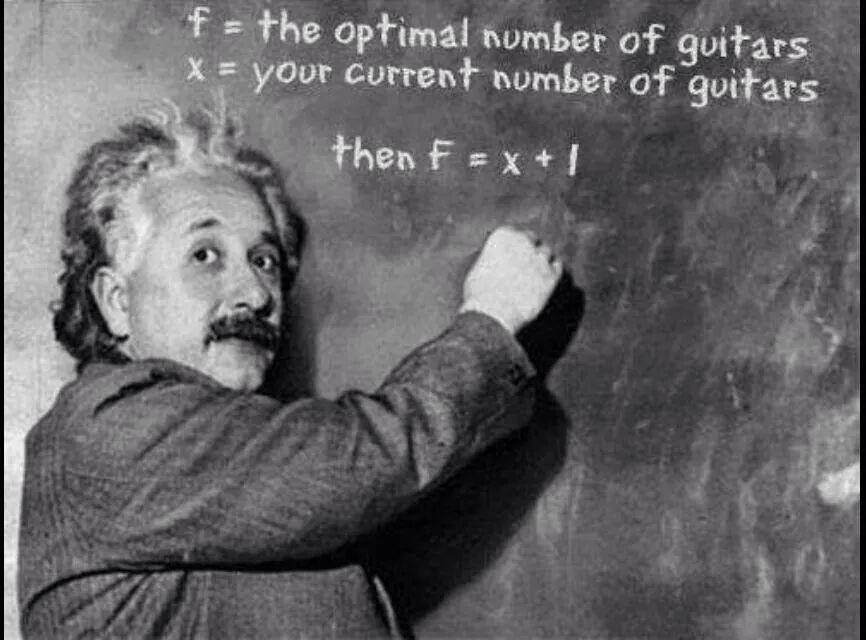
I don’t know what I’d like to buy but I always try to get a guitar that’ll introduce something different. Different bridge type, or maybe pickups, or a completely different shape… I don’t know if I’ll be able to get a guitar this year. But if not, definitely
-
TC-Helicon VoiceSolo FX150 – No, not to sing. I don’t know if I’m comfortable with that yet! However, this product can also function as a tiny FRFR speaker for your small amp modeler. I haven’t bought it yet because I can connect my modelers into the Yamaha practice amp. But it’s not a true FRFR, where the Helicon Voice Solo is. So, I’m very curious about trying this one.
